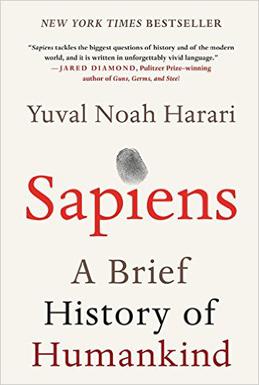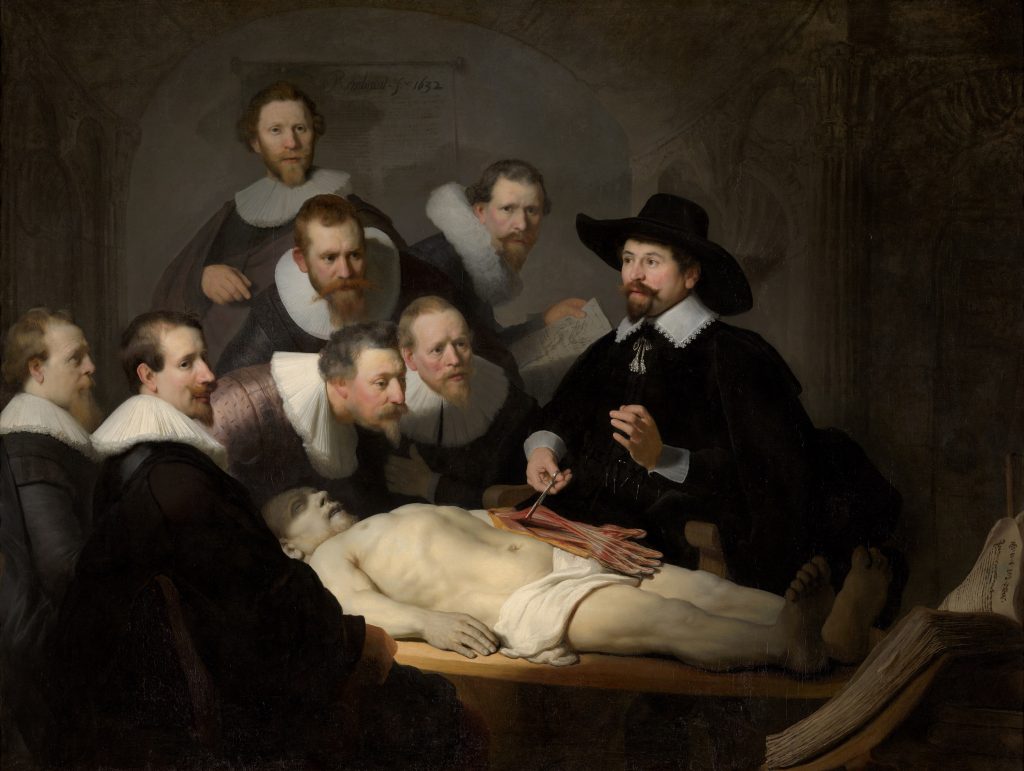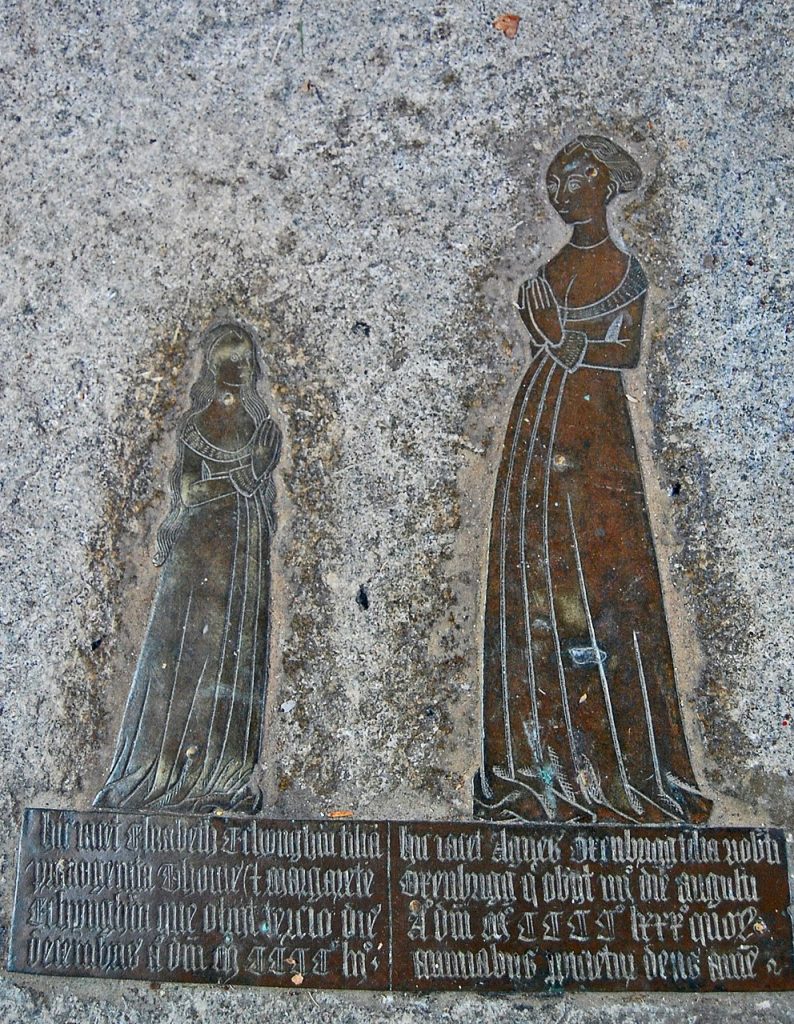We asked the SOIF team to tell us about the things they’d liked or been influenced by in 2019. Here are the responses.
Sophie Middlemiss: 2019: In the year of Greta Thunberg, Extinction Rebellion and the ‘youthquake’ protests, my ‘earworm’ for the year was the terrifically gutsy performance of “Naughty” in the musical Matilda. It’s about the power of the focused, righteous anger of the young in the face of flagrant injustice. “Nobody else is going to change my story, nobody else is going to put it right for me … even if you’re little you can do a lot”.
Peter Glenday: I’ve been reading Sapiens by Noah Yuval Harari. It’s not new, but worth a browse through the succinct and impactful timeline (it’s pretty much the first thing in the book). As a geneticist, it’s forced me to reconsider some of the truths I hold about society and behaviour, and entrenched others – particularly in the light of ongoing political turmoil.

Sarah Spencer: While searching for tools to use to activate, mobilise and create a network, a colleague from the Small Foundation shared the “Five Steps to Building an Effective Impact Network” and the Converge Network Model with me. These have influenced me and the way the NGFP has been designed this year. Both embed the important message of community, convening and collaboration.

Johann Schutte: Doing some research for a project for a leading British gallery took me into the realm of work that used augmented and virtual reality. Particularly memorable was the Rembrandt Reality app which provides a virtual reality experience around Rembrandt’s famous work The Anatomy Lesson of Dr. Nicolaes Tulp. It is an example of how technology can develop our aesthetic understanding.
Andrew Curry: The Built Environment is Emily Hasler’s first full-length collection of poems. In truth, I bought it on the strength of the title, the austere cover and the typography. But her poems are both technically accomplished and emotionally rich, building on found and sometimes familiar fragments. As in this extract from her gendered reading in ‘Notes: A Monumental Brass,’ for example:
“…2. Husbands are always almost specified on women’s grave inscriptions.
3. Having no husbands, and therefore no sons, we remained daughters, sisters.
4. It is less than one-quarter the size of the memorial placed to Elizabeth Etchingham’s father and grandparents, one of several factors suggesting economies were taken… “

